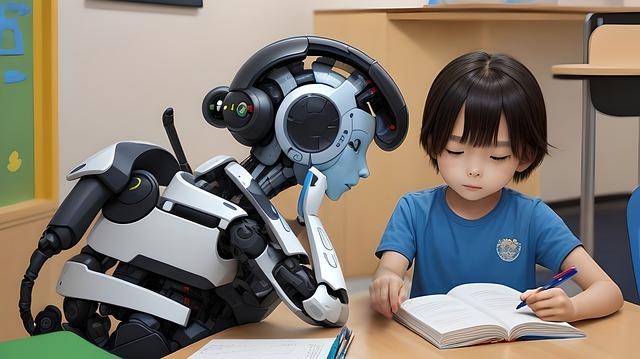Imagine a classroom where every student gets undivided, personalized attention; a place where lessons adapt, evolve, and shift based upon each student’s unique pace, style, and depth of learning. This isn’t part of an educator’s utopian dreams, but a promising, emerging reality in today’s educational landscape, made possible through Adaptive Learning. This innovative approach is revolutionizing the way educators teach, and students learn, by tailoring education to individual needs. Welcome to a future where learning is not merely one-size fits all, but a tailored, personalized experience catering to each student’s capabilities. Let’s fasten our seat belts and immerse ourselves into the transformative era of adaptive learning. In the realm of education, the concept of one-size-fits-all is steadily being discarded. The 21st-century classroom has come to recognize the power of Adaptive Learning, a teaching methodology that supports the individual needs and abilities of each student. By using artificial intelligence and real-time analytics, it optimizes learning potential by personalizing content, pacing, and learning paths.
Adaptive Learning functions like building blocks, each one formed by a student’s unique strengths, weaknesses, and pace of learning. Algorithms are designed to assess a learner’s level of understanding and competence, and to adjust the difficulty of tasks accordingly. This is a significant departure from the conventional classroom setting where the pace is determined by the teacher and may not cater to all students equally. Consequently, it ensures that learners grasp concepts thoroughly before moving to more complex challenges, leading to demonstrably improved learning outcomes.
With schools adopting increasingly advanced technology, adaptive learning allows for differentiated instruction that not just matches learning speed but incorporates diverse learning styles. For instance, a student struggling with a particular concept might be presented with an explanatory video or interactive simulation, complementing their learning style. This makes learning much more targeted, distinct, and effective.
| Techniques | Benefit |
|---|---|
| Data-driven learning paths | Personalized curriculum |
| Real-time analytics | Immediate feedback and course correction |
| Interactive content | Lively and engaging education |
The road to adaptive learning is not without challenges, especially for educators and administrators trying to shift from traditional methods. Teaching strategies need to be redesigned to facilitate individual learning paths. They would also need to upgrade their tech skills to effectively run adaptive learning software. Fortunately, with numerous success stories highlighting improved performance, engagement, and motivation, more educators are willing to take the leap.
Adaptive learning ensures education evolves alongside technology, accomplishing classrooms of the future, where all students thrive. With time, there will be no more ‘averages’ or ‘norms’. Every student will progress on their own unique and optimally-paced educational journey, creating truly personalized learning experiences. The future of education, indeed, lies in Adaptive Learning. As we transcend traditional educational boundaries, adaptive learning presents itself like a skilled, benevolent tailor. Stitching together intricate patterns of data to create an individualized garment of knowledge that perfectly fits each learner. Infusing technology and personalization, it reshapes education to fit every student’s unique requirements. Every question, every lesson molds into a guide, leading learners through a realm of self-paced discovery and high-level cognition. So let us journey onward, inviting the future where education molds into the learner, rather than the learner squeezing into the rigid mold of education. As the chalkboards of yesterday evolve into the smart screens of today, let the true power of adaptive learning unfold, paving the way for an educational renaissance wherein every learner’s individual needs are met with tailored precision.














